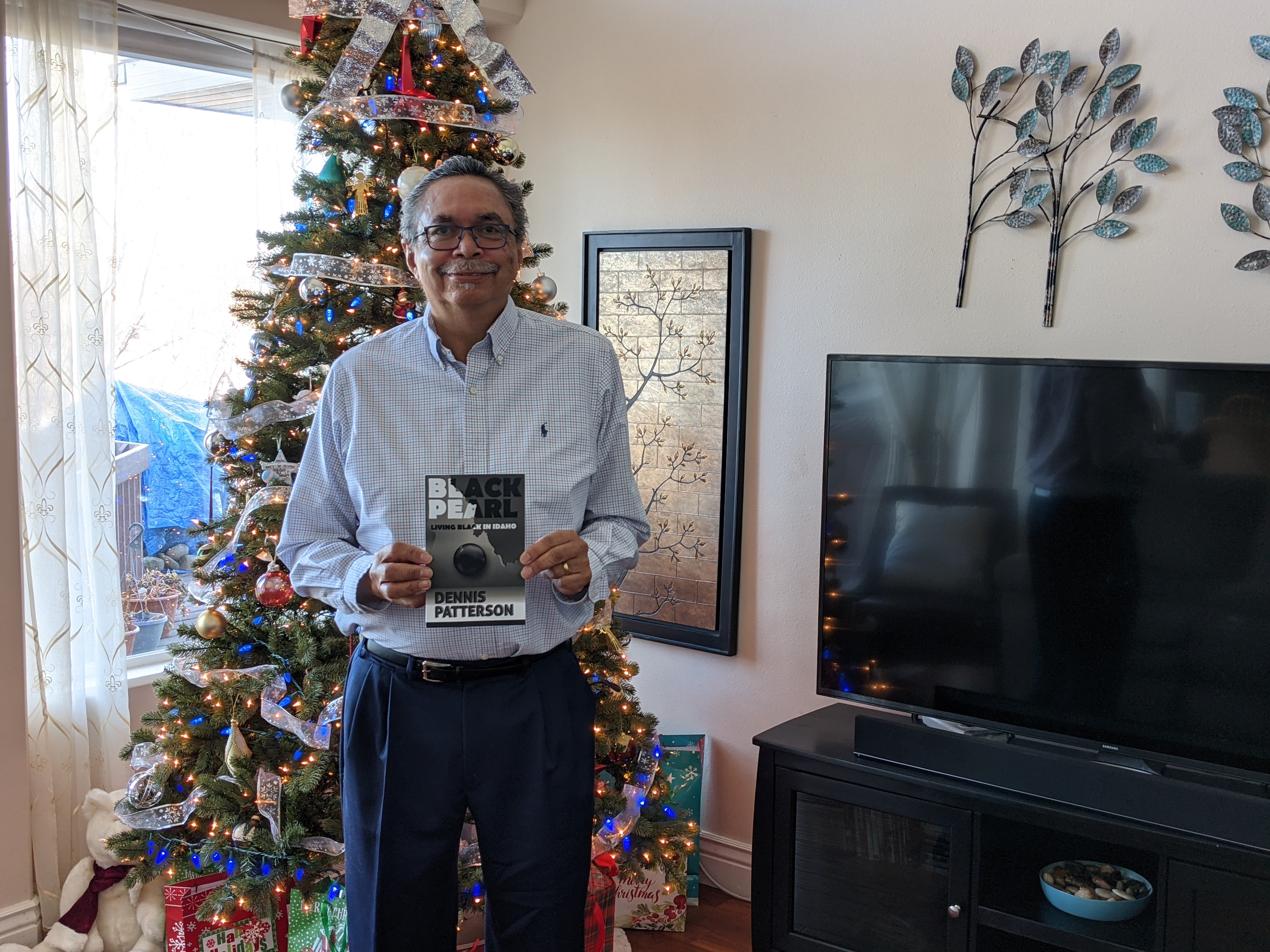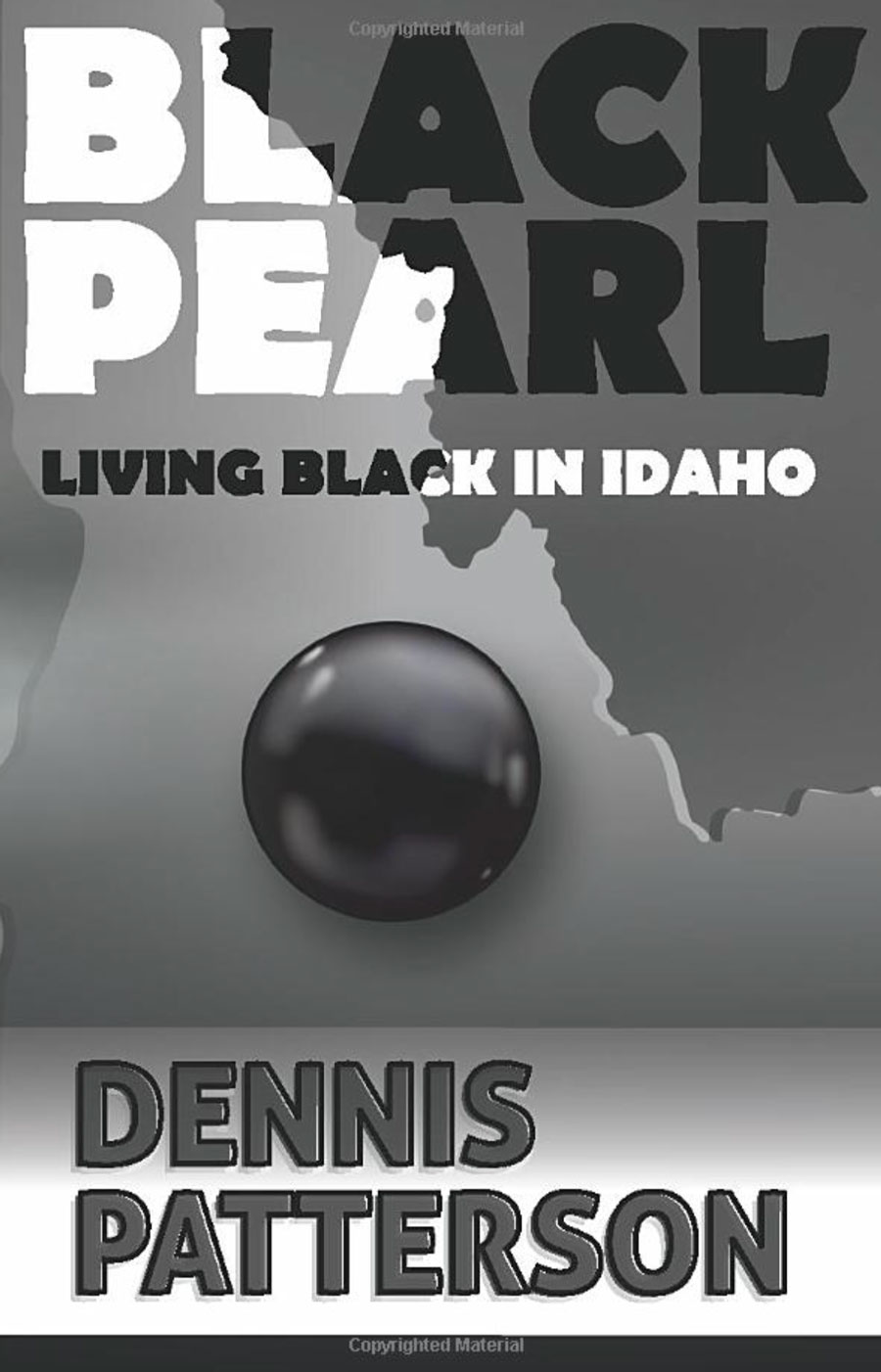Idaho Falls author’s second book aims to address discrimination, racism
Published at | Updated at
IDAHO FALLS — Since his departure from the Idaho National Laboratory seven years ago, Dennis Patterson has shifted the entirety of his focus to the betterment of Idaho Falls.
With the release of his second book, “Black Pearl: Living Black in Idaho,” Patterson hopes to inspire continuous improvement in regards to discrimination and racism. While those issues are not as prevalent as they were during Patterson’s youth, he believes they exist in eastern Idaho, primarily because many refuse to acknowledge them.
“This is my home,” Patterson told EastIdahoNews.com, “and my effort has always been to try to make it better.”
Patterson’s family has been in Idaho Falls since 1945, 10 years before he, the youngest of four children, was born. He began working at INL in 1972 and climbed to a senior management position. There, he used his role as INL’s Ethics Officer to fight on behalf of an African-American construction worker, Loren Mitchell, who, as Patterson said, had his access wrongfully revoked.
Patterson’s efforts, covered in his first book, “Whistleblower,” were eventually fruitful, getting Mitchell’s position reinstated. But he says the process put him in the crosshairs.
“That was the worst period of my life — that four-year journey,” he said. “Those four years were filled with intimidation, harassment, and ultimately retribution.”
Patterson’s position at INL was terminated eight years after the incident, in 2013, as part of workforce reduction.
Since he has served as a substitute teacher in Bonneville Joint School District 93, while also publishing his two books. As for the goal of the second?
“(The hope is to) broaden the story,” Patterson said. “To tell the story from an African-American perspective, so that people would be able to understand discrimination, racism and white privilege, and not just on a national scale but also here in Idaho Falls.”
With that in mind, Patterson has devoted his free time to working with several nonprofit organizations focused on inclusivity. The Idaho Falls African American Alliance, as well as Citizens for Accountability, Advocacy and Public Safety each deal with inclusivity and discrimination, primarily based on race, in and around Idaho Falls.
While issues of racism and discrimination, he said, reach far beyond southeastern Idaho, his focus is on his hometown. That is why he believes his treatment at INL was so worrisome.
“In my mind, INL should be setting the standard (for diversity and understanding), and I think a lot of people believe that the INL does set the standard,” Patterson said. “I think they’ve fallen short there.”
Toni Carter, an African-American woman and transplant from Chicago to southeastern Idaho, has been the inclusion and diversity lead at INL since 2016. The lab, and Idaho in general, Carter said, have been “really good to me.” Inclusion is something, she added, that has been a focus for INL since her arrival, and it will continue to be.
“We are determined to lead Idaho, as well as our business community and the community at large, in this space,” Carter said. “We want to set a positive example and bring people together to foster a greater mutual respect and understanding while creating those environments where everyone can maximize their fullest potential.”
In what Patterson referred to as steps in the right direction, INL has improved its diversity at the executive level.
Senior leadership at INL was made up of approximately 13% women and people of color in 2015, according to Carter. That has risen considerably.
The current leadership at the lab is made up of 18% women, having peaked at 35% in 2019. People of color make up 23% of the executive team Carter added. Meanwhile, veterans make up a matching 23% and people with disabilities account for another 12%.
Patterson has been keeping track of these trends.
Now, with INL working toward being the community standard he expects it to be, Patterson hopes to open eyes to day-to-day discrimination outside the walls of the lab.
“This book is to help them see it, understand it,” he said. “But also, hopefully, to feel it on an emotional level.”



